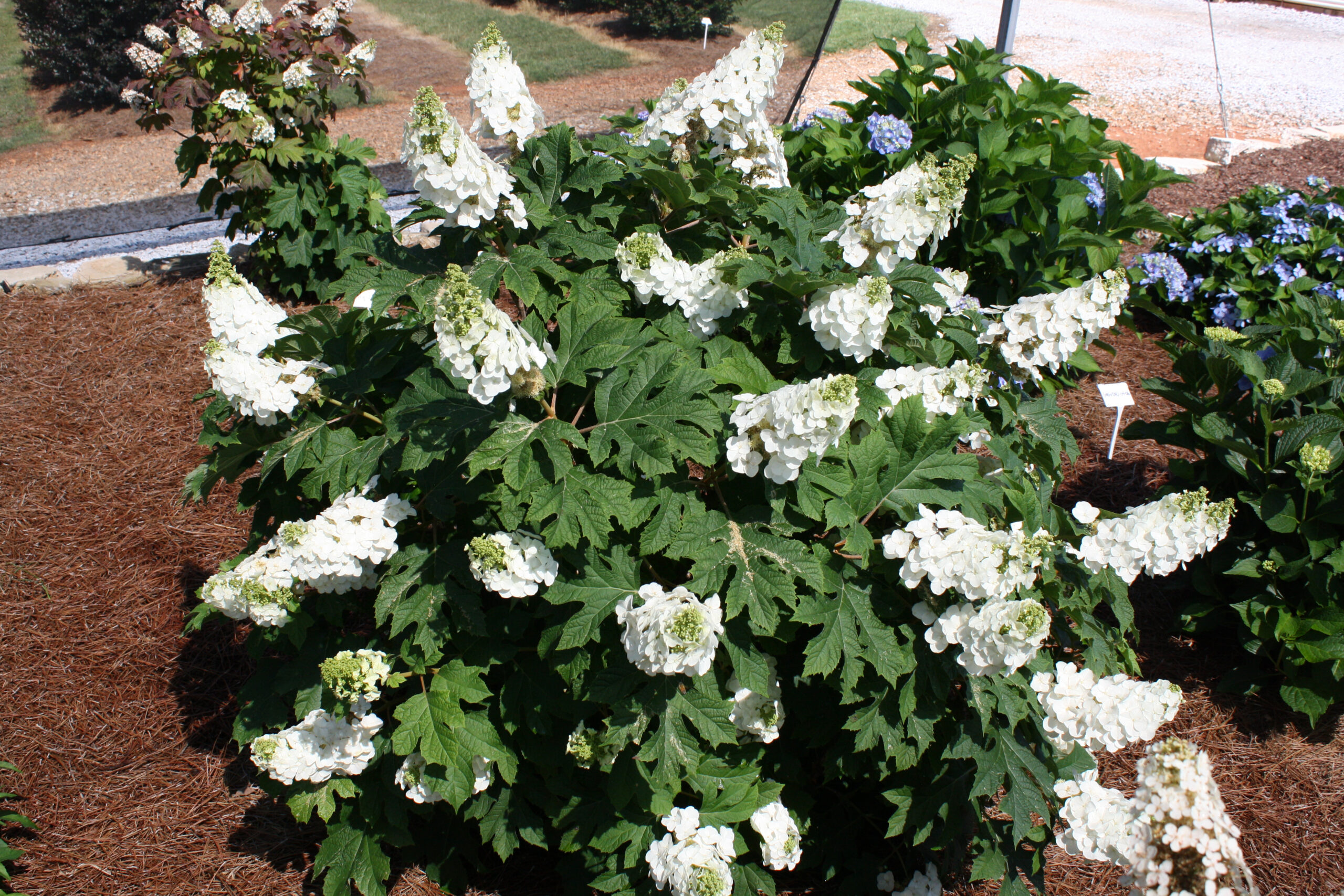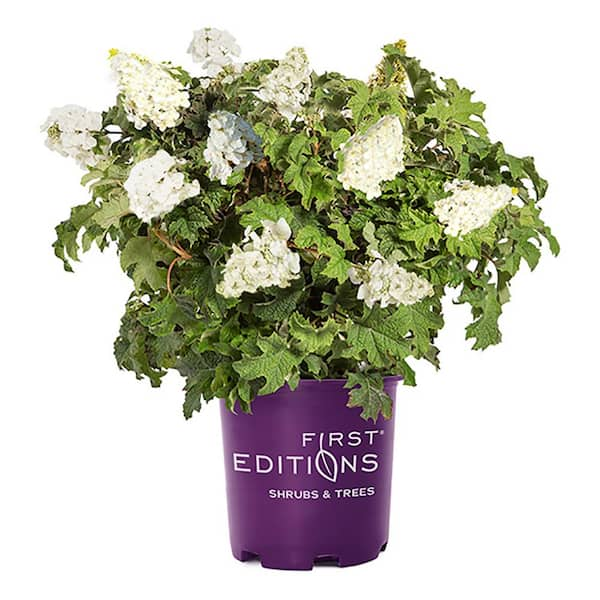Jet Stream Hydrangea: The Showstopper Of Your Garden
Jet Stream Hydrangea: The Showstopper of Your Garden
If you're looking for a hydrangea that will add a touch of elegance and drama to your garden, look no further than the Jet Stream hydrangea. This stunning shrub is known for its large, cascading blooms that can reach up to 12 inches in diameter. The blooms are typically a deep blue color, but they can also be pink or white depending on the pH of the soil.
Jet Stream hydrangeas are relatively easy to care for and are hardy in USDA zones 4-9. They prefer full sun to partial shade and moist, well-drained soil. To ensure that your Jet Stream hydrangea blooms its best, fertilize it once a month during the growing season with a balanced fertilizer. You should also prune it in the early spring to remove any dead or diseased branches.
With proper care, your Jet Stream hydrangea will be a showstopper in your garden for many years to come.
Main Content
Planting Jet Stream Hydrangea
Jet Stream hydrangeas can be planted in the spring or fall. When planting, choose a location that receives full sun to partial shade. The soil should be moist but well-drained. Amend the soil with compost or other organic matter before planting.
Dig a hole that is twice as wide and as deep as the root ball of the hydrangea. Place the hydrangea in the hole and backfill with soil, tamping down gently. Water the hydrangea thoroughly.
Caring for Jet Stream Hydrangea
Jet Stream hydrangeas are relatively easy to care for. Water them regularly, especially during hot, dry weather. Fertilize them once a month during the growing season with a balanced fertilizer.
To encourage blooms, prune your Jet Stream hydrangea in the early spring. Remove any dead, diseased, or damaged branches. You can also prune to shape the shrub.
Overwintering Jet Stream Hydrangea
Jet Stream hydrangeas are hardy in USDA zones 4-9. In colder climates, they may need to be protected from the cold. Mulch around the base of the hydrangea with a few inches of organic matter. You can also cover the shrub with a burlap sack or other protective covering.
Pests and Diseases
Jet Stream hydrangeas are generally resistant to pests and diseases. However, they can be susceptible to leaf spot and powdery mildew. If you notice any signs of pests or diseases, treat them immediately with an appropriate fungicide or pesticide.
Propagation of Jet Stream Hydrangea
Jet Stream hydrangeas can be propagated by taking cuttings in the spring or summer. To take a cutting, choose a healthy branch that is about 6 inches long. Remove the bottom leaves and dip the cutting in rooting hormone. Plant the cutting in a pot of moist potting mix. Keep the soil moist and place the pot in a warm, sunny location. The cutting should root in about 4-6 weeks.
Conclusion
Jet Stream hydrangeas are a beautiful and versatile addition to any garden. With proper care, they will provide years of enjoyment.
If you're looking for a beautiful and easy-care hydrangea, the Jetstream™ is a great option. This compact shrub has dense, dark green foliage that turns a brilliant orange-red in the fall. The flowers are a beautiful white that age to pink, and they bloom in early summer. Jetstream™ hydrangeas are resistant to leaf spot and deer, and they can tolerate a wide range of soil conditions.
To learn more about Jetstream™ hydrangeas, I recommend visiting . This website has a wealth of information about this plant, including its care requirements, planting instructions, and pest and disease resistance. You can also find photos of Jetstream™ hydrangeas in bloom, as well as customer reviews.
FAQ of jet stream hydrangea
- What is Jetstream hydrangea?
- How tall does Jetstream hydrangea grow?
- How far apart should Jetstream hydrangea be planted?
- What are the best conditions for growing Jetstream hydrangea?
- How do I care for Jetstream hydrangea?
[1] Jetstream hydrangea is a fast-growing, deciduous shrub that can reach heights of up to 6 feet. It has large, dark green leaves and produces large, showy flower clusters in shades of blue, pink, or white. Jetstream hydrangea is a relatively easy plant to grow and is hardy in USDA zones 4-8.
[2] Jetstream hydrangea can grow to be 6 feet tall and wide. When planting, it is important to space the shrubs 5 feet apart to allow for proper air circulation and growth.
[3] Jetstream hydrangea should be planted in full sun to partial shade. It prefers moist, well-drained soil. The soil pH should be between 5.5 and 7.0.
[4] Jetstream hydrangea is relatively pest- and disease-resistant. However, it is susceptible to powdery mildew, which can be treated with a fungicide.
[5] To care for Jetstream hydrangea, water it regularly, especially during hot, dry weather. Fertilize it in the spring with a balanced fertilizer. Prune it in the late winter or early spring to remove dead, diseased, or damaged branches.
Image of jet stream hydrangea
5 different images of "jet stream hydrangea" from Pinterest:
- A large, white jet stream hydrangea in full bloom. The flowers are arranged in large, conical clusters.

- A close-up of the flowers of a jet stream hydrangea. The individual flowers are small and delicate, but they are clustered together to create a large, impressive display.

- A jet stream hydrangea in a garden setting. The flowers are a beautiful shade of blue, and they contrast nicely with the green leaves of the plant.

- A jet stream hydrangea in a vase. The flowers are arranged in a simple vase, but they still manage to look stunning.

- A jet stream hydrangea in the fall. The flowers have faded, but the leaves of the plant are still a beautiful shade of red.
Post a Comment for "Jet Stream Hydrangea: The Showstopper Of Your Garden"